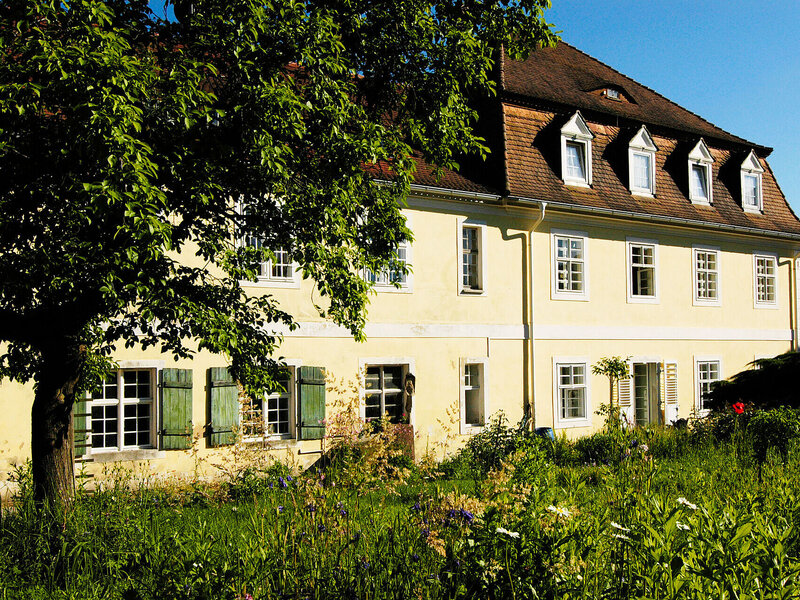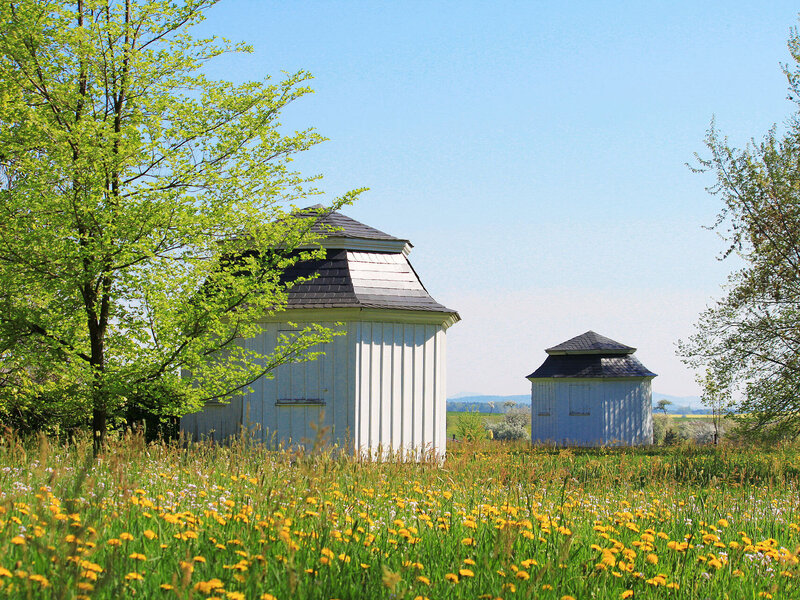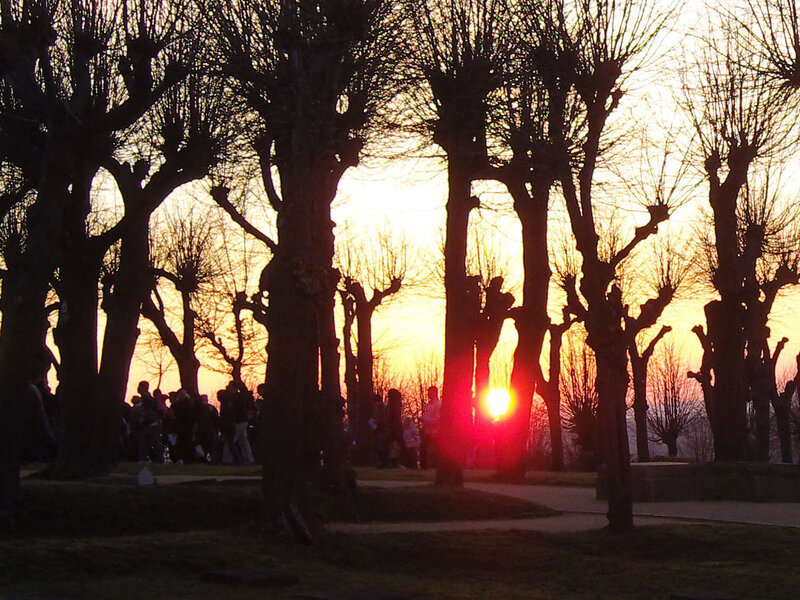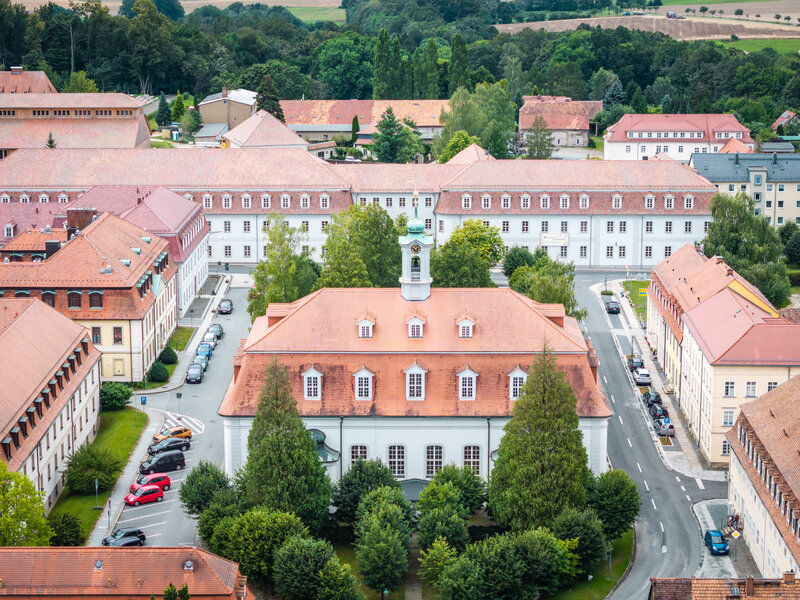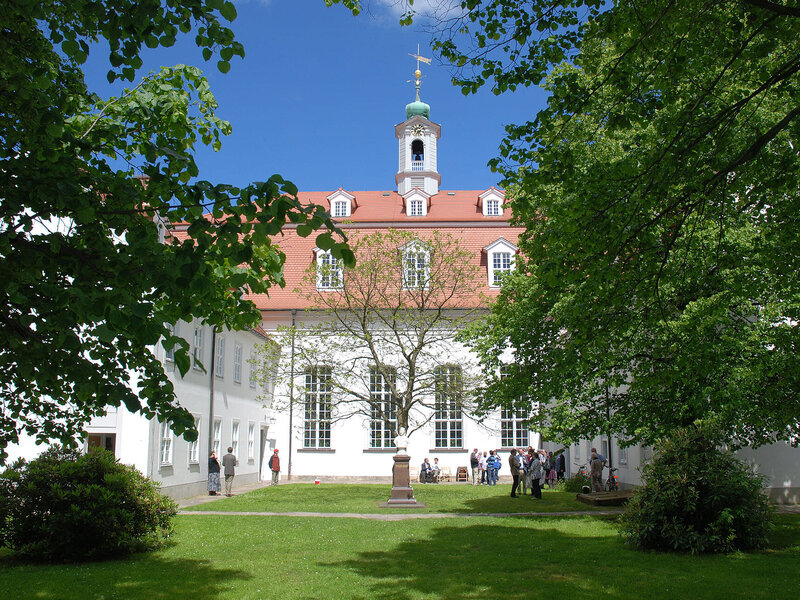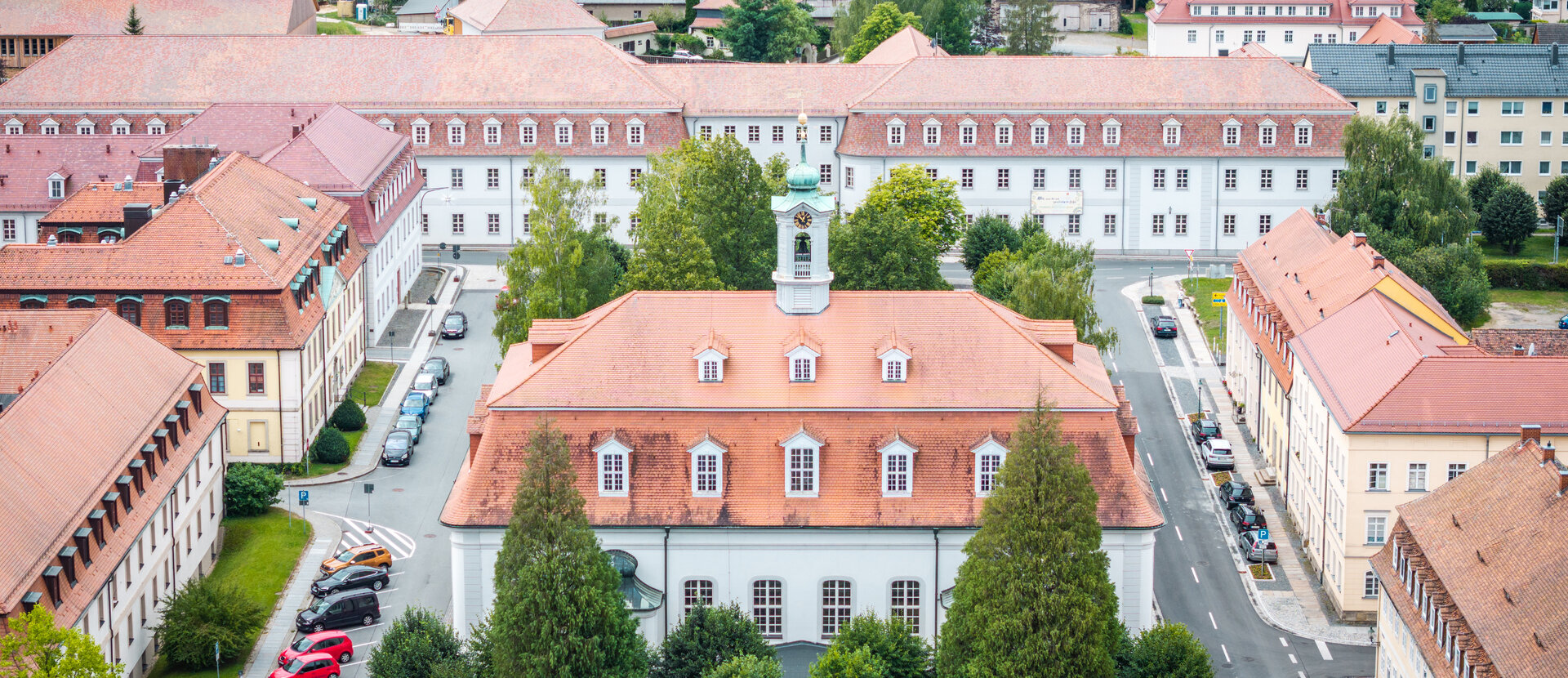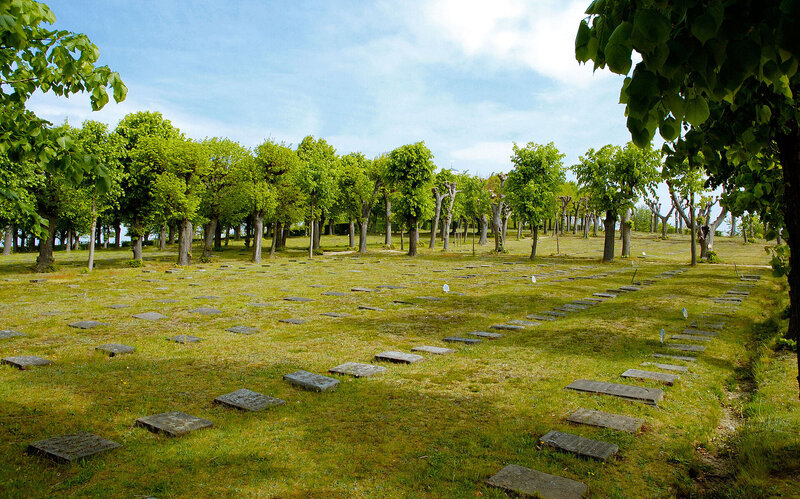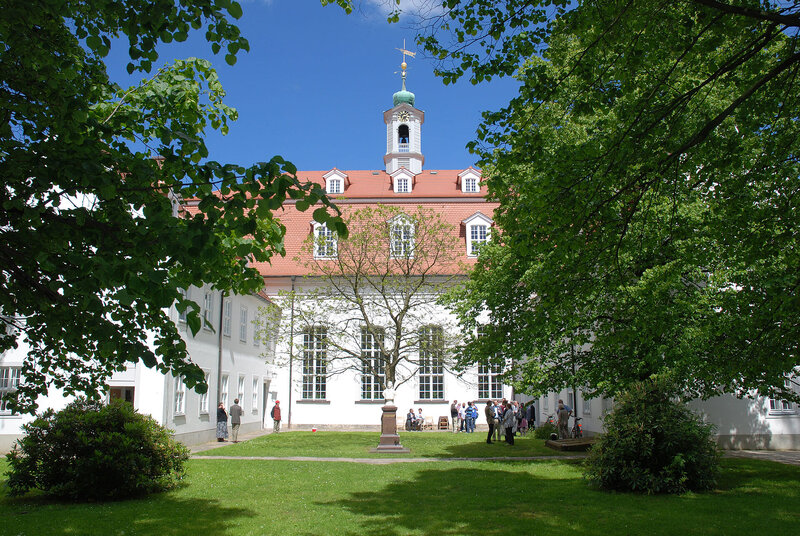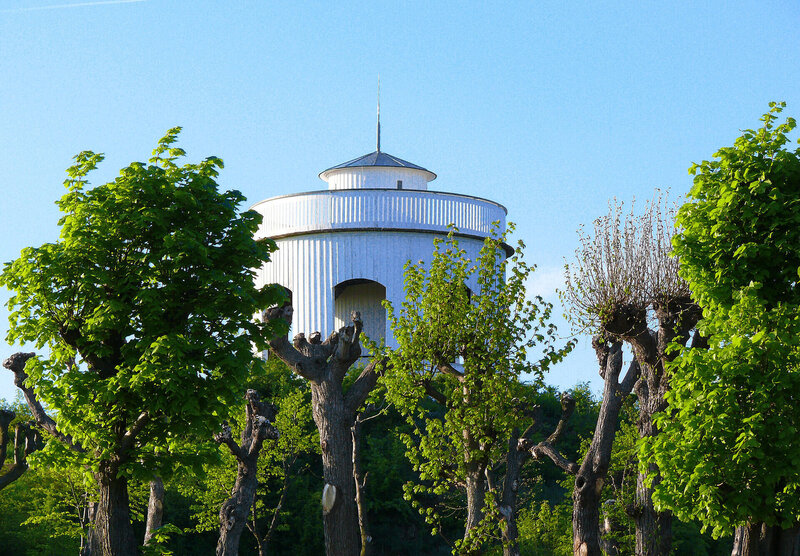Anchored in Lusatia, networked in the world!
Together with Christiansfeld in Denmark, Bethlehem in the USA and Gracehill in Northern Ireland, Herrnhut forms a new, transnational World Heritage Site. This is already the second UNESCO World Heritage Site in Upper Lusatia.
The settlements represent a global network of religious planned towns built by the Moravian Church between 1722 and 1808. They are a unique architectural phenomenon of the early modern period, characterized by carefully planned urban structures that corresponded to community values and needs. Despite their wide geographical distribution, they display a remarkable architectural uniformity of the highest quality craftsmanship. These four settlements impressively illustrate the ideal of orderly Christian community life, which is reflected both in the settlements themselves and in their global network to this day.
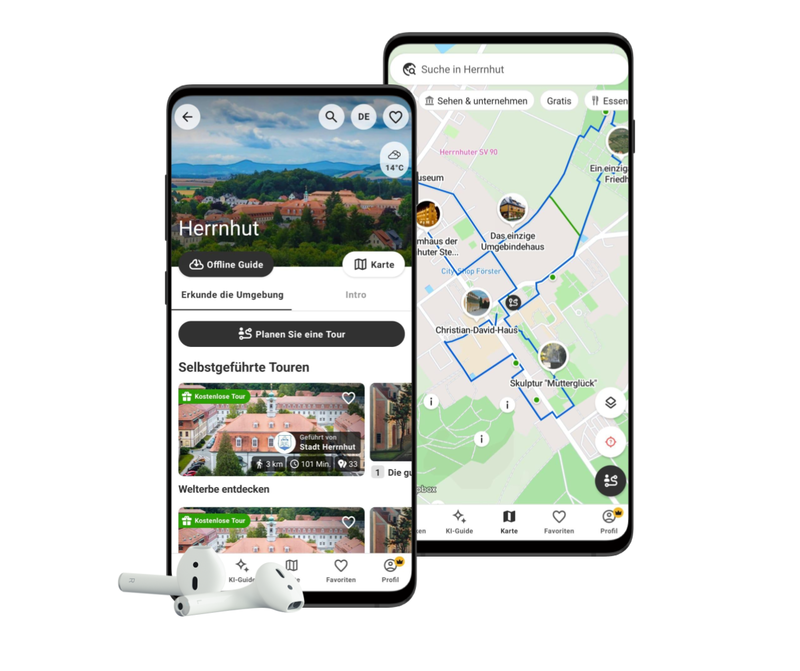
Audio Guide Herrnhut - Discover the World Heritage Site
With the new Audio Guide Herrnhut, you can individually explore the history of the Moravian Church and the special significance of the town as part of the transnational UNESCO World Heritage Site.
The audio guide takes you to the most important sites of the settlement and provides vivid information about its origins, the special architecture, the religious background and its current significance as a World Heritage Site. Whether on a walk on site or from the comfort of your own home - the audio guide offers exciting insights into Herrnhut's unique history.
Highlights of the audio guide:
Individual exploration of the town and its sights
Background information on the Moravian Church and the transnational UNESCO World Heritage Site
Clearly presented texts and exciting audio stations
Available as an app and can be used at any time
The audio guide is available free of charge and can be used via smartphone or tablet.
Impressions from the Transnational UNESCO World Heritage Site: "Settlements of the Moravian Church"
